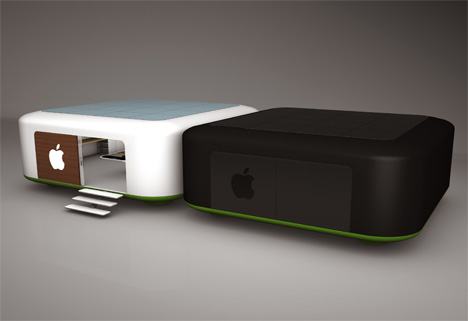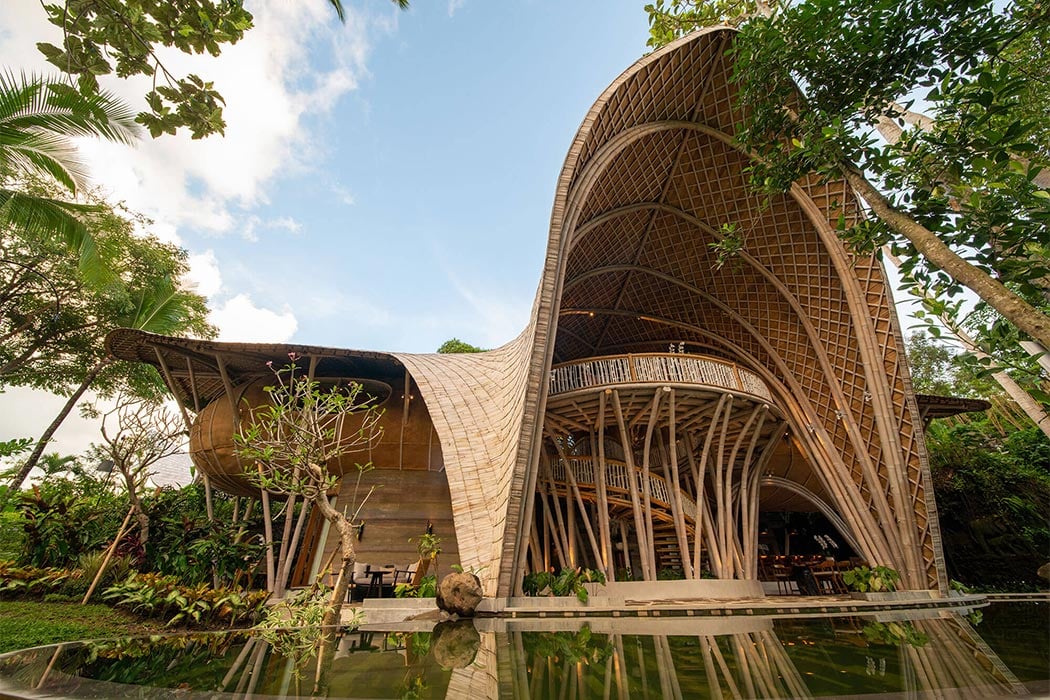
Bamboo is gaining a lot of popularity as a sustainable material in the world of architecture! Bamboo is being used to create beautiful and majestic structures, that are green and respect their surrounding environment. It is imperative to build homes, resorts, offices and etc that are in harmony with the natural environment around them. And we’ve curated a collection of impressive architectural structures built from bamboo, that prove sustainability, comfort, and luxury can be combined together! From a luxury resort to a community centre for female refugees – these architectural designs truly represent the versatility and scope of bamboo!
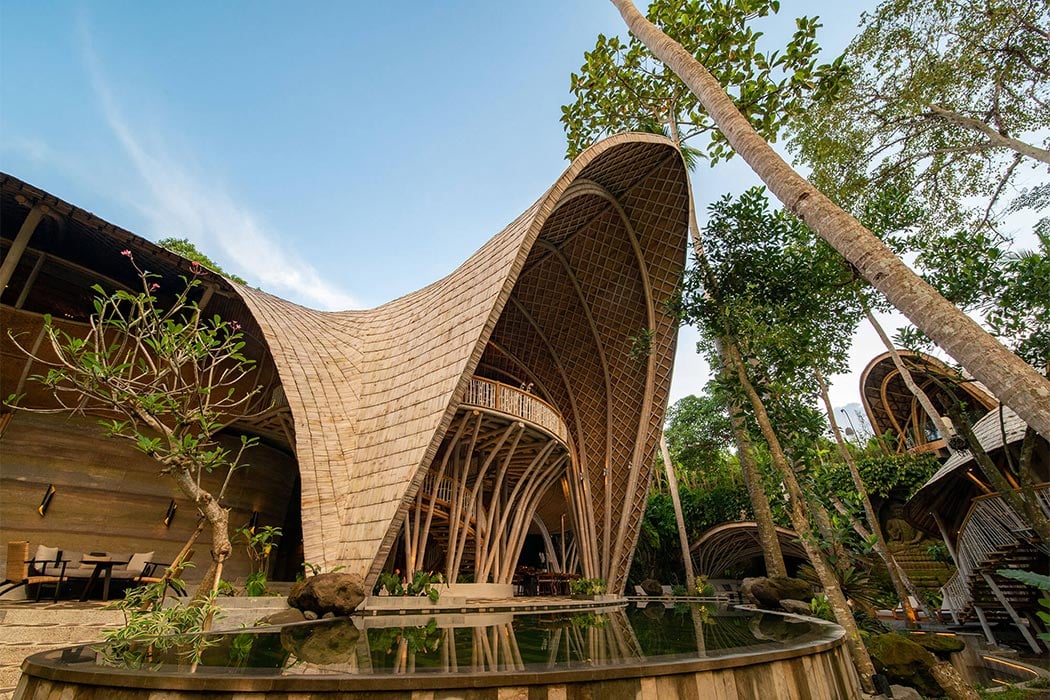
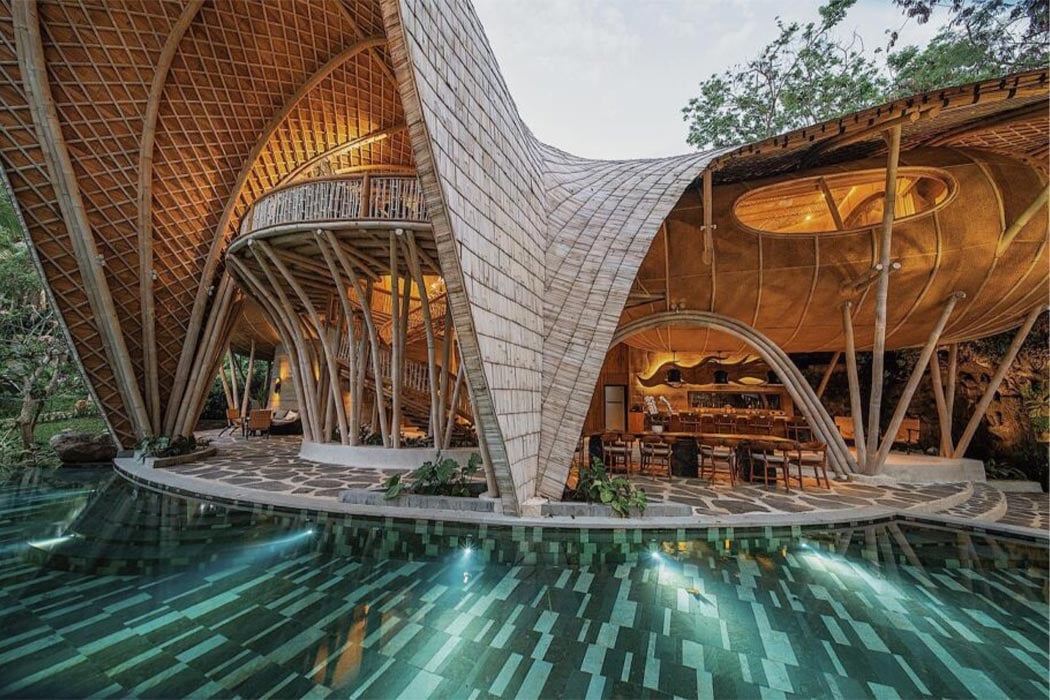
The Ulaman Eco-Retreat Resort made mostly from bamboo is here to show you that sustainability can be well integrated into luxury. Designed by Inspiral Architects, this eco-resort is located in Bali’s Kaba-Kaba village. It has been constructed using materials found directly on the site and the immediate locality which helped the resort become completely carbon zero. Apart from bamboo, rammed earth has been used for the resort‘s ground-level walls. Rammed earth is a wonderful green alternative to concrete which is responsible for more than 8% of the construction industry’s emissions which contributes to 30% of global greenhouse emissions.
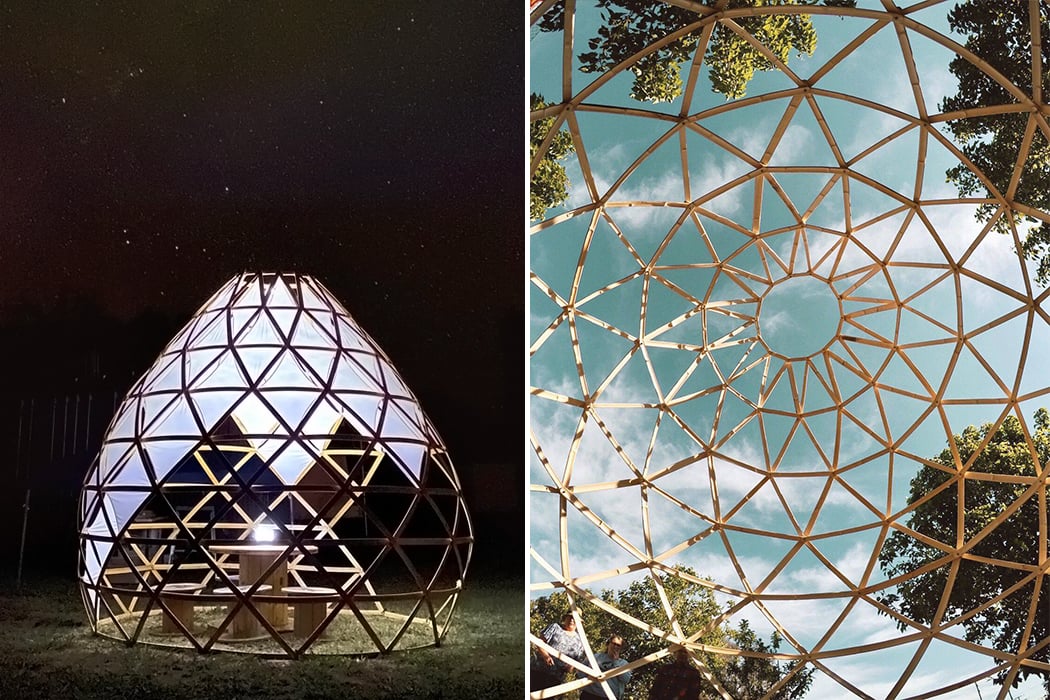
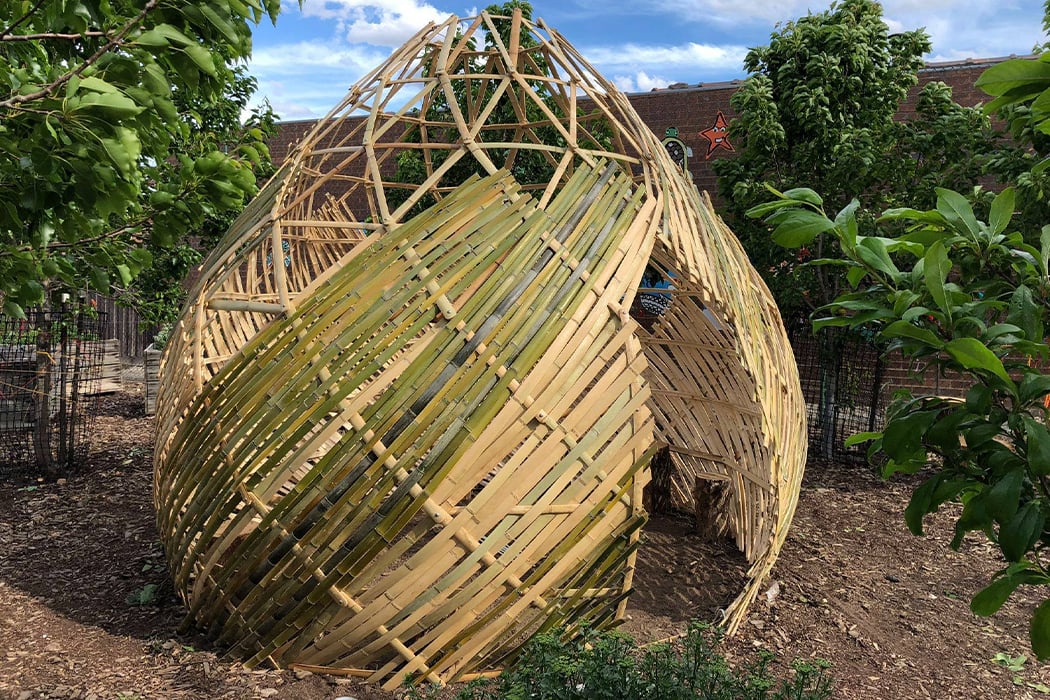
You don’t have to be an architect to want to build a bamboo structure of your own thank to the ‘Zome building kit’ by Giant Grass! The studio has made a DIY kit that is basically a larger-than-life LEGO project which can live in your backyard or be scaled up to create a community space. The ‘zome’ is a flexible space that can be used by children to hang out in the backyard, like a gazebo for you to entertain guests in, a greenhouse for seedlings, a creative space in the office, a quiet space for yoga at home, or a glamping tent – it can be anything you want it to be. This DIY kit is perfect for those who want to live sustainability and enjoy working on projects which result in a productive reward. The kit comes with all accessories needed – 350 precision-made bamboo strips, nuts, bolts, and an installation guide to make the 3m x 3m ‘zome’.
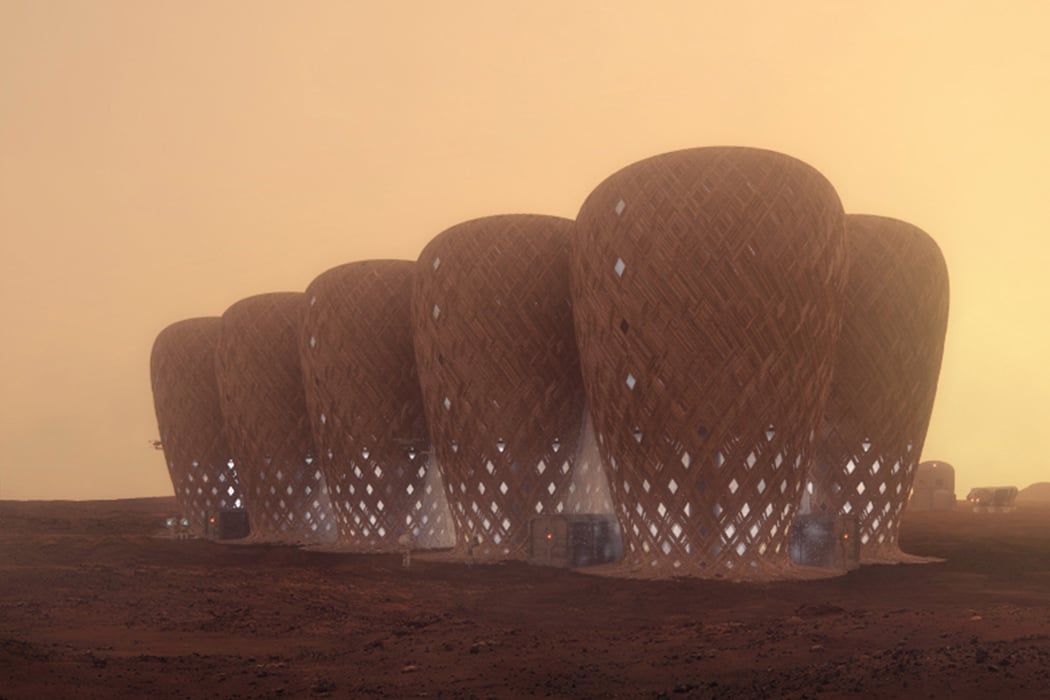
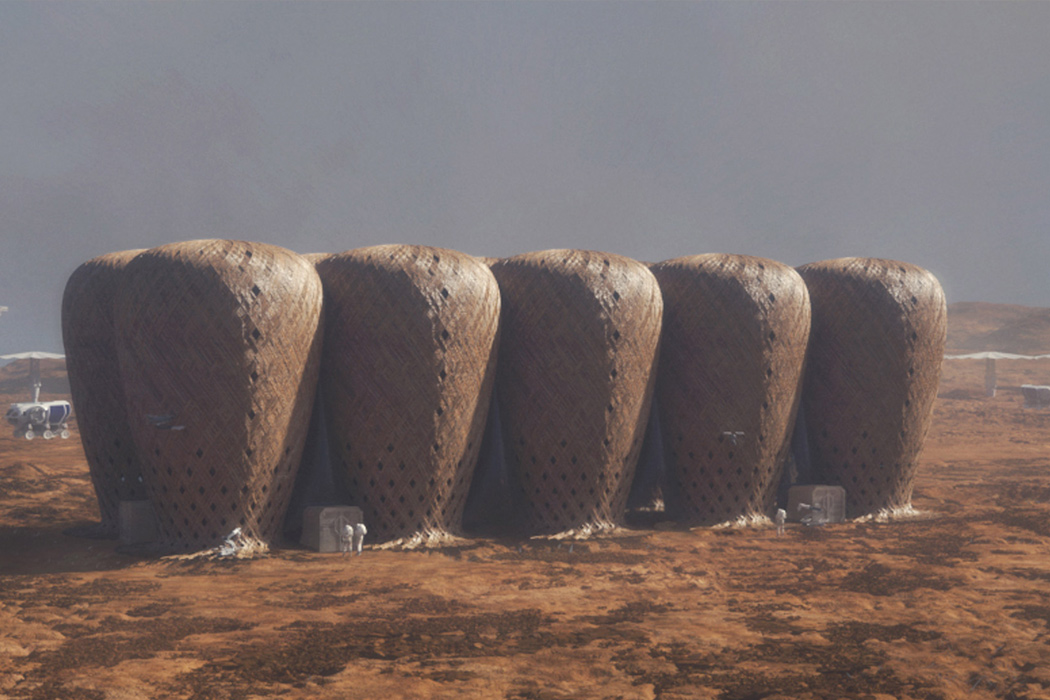
Warith Zaki and Amir Amzar plan to use the bamboo grown on Mars to actually build the first colony, named Seed of Life, on Mars. The conceptual colony design is actually a series or cluster of structures woven by autonomous robots from bamboos. The aim of the project is to create structures that do not rely on construction materials being shipped from Earth or to use 3D printing. “After doing a lot of research on Mars colonization, we realized that half of the ideas would go about deploying fully synthetic materials made on earth to build shelters, while the other half is about using the locally available regolith,” said Zaki and Amzar. “Human civilization has yet to build anything on any other planet outside of Earth. That fact alone opens up infinite possibilities of what could or should be used. Sure, 3D printing seems to be a viable proposition, but with thousands of years worth of experience and techniques in shelter construction, why shouldn’t we tap on other alternatives too?”
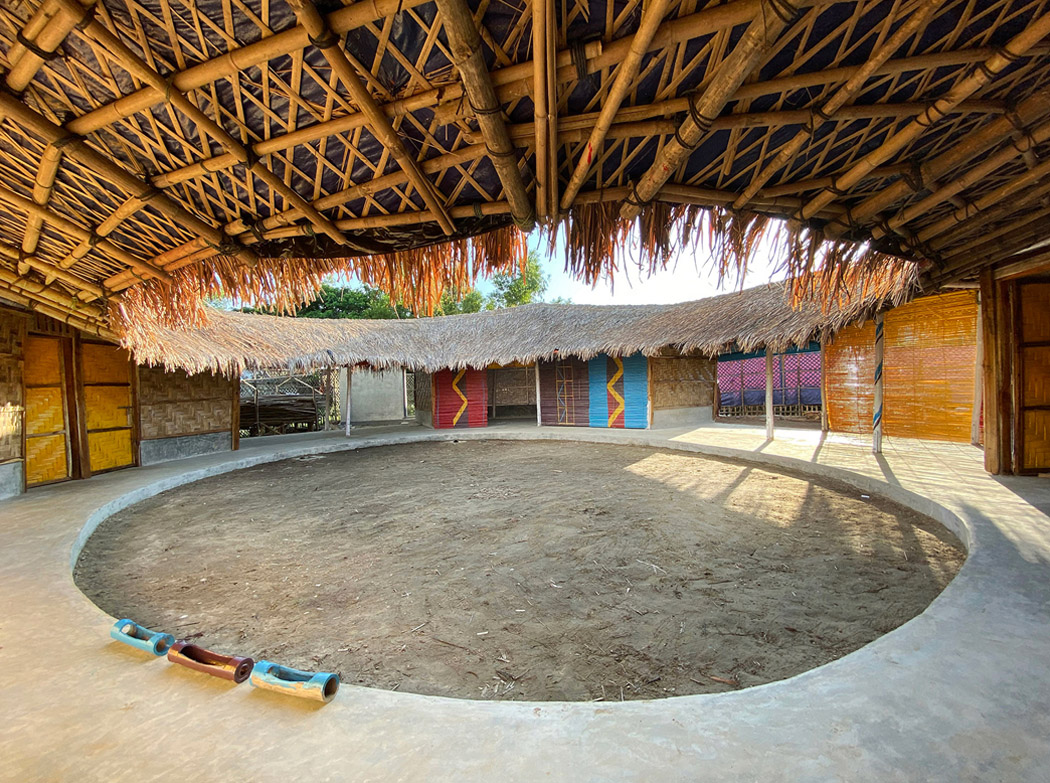
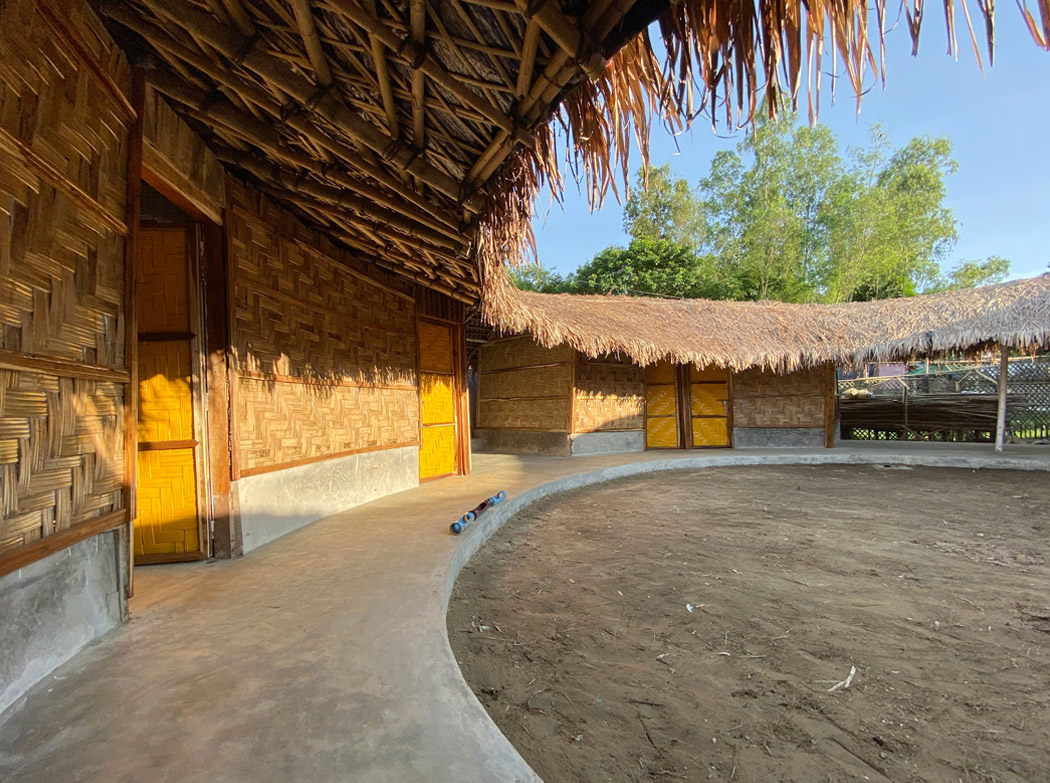
Architect Rizvi Hassan utilised bamboo to build a community centre for Rohingya women living in a refugee camp. The women can bathe and receive counselling at the community centre. Featuring a circular courtyard, which is sheltered except for an open space in the middle, the centre is called Beyond Survival: A Safe Space for Rohingya Women and Girls. It is located in Camp 25, a refugee site in Teknaf, Bangladesh.
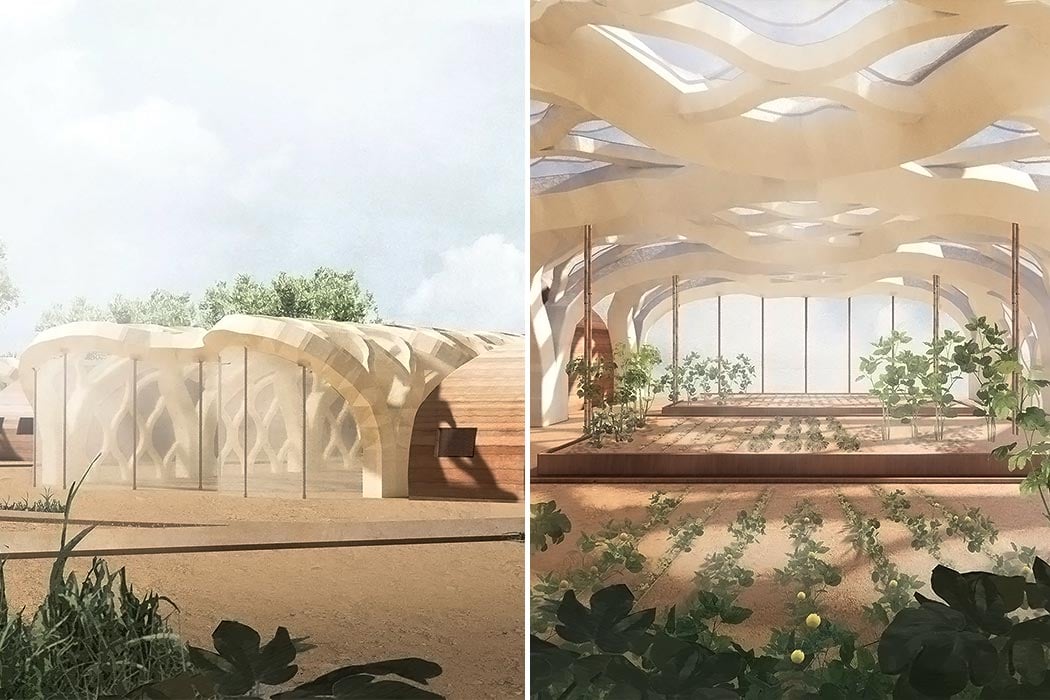
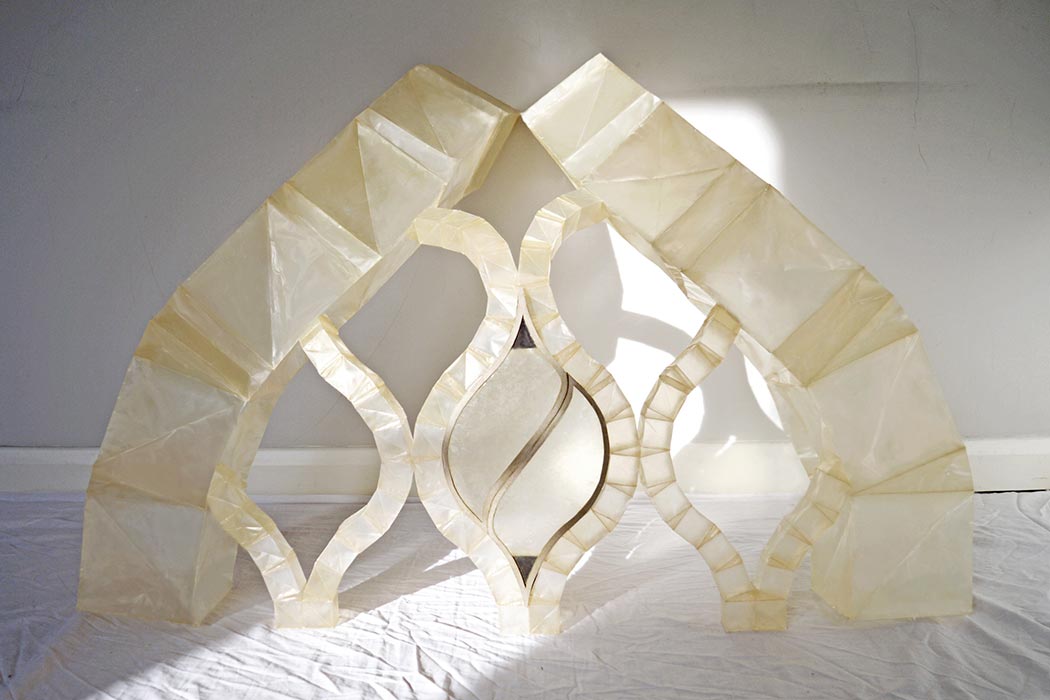
Hague is a student at the University of Westminster where she is pursuing her Masters in Architecture. Her design features shellac-coated bamboo to emphasize the use of biomimicry in different disciplines of design – in her case it is providing eco-friendly architectural solutions inspired by nature. For the main structure, Hague drew inspiration from the Mimosa Pudica plant which closes its leaves when it senses danger and that is how she came up with collapsible beams featuring inflatable hinges. It gave the greenhouse a unique origami effect (it actually looks like paper too!) and also enables the structure to be easily flat-packed for transportation/storage.
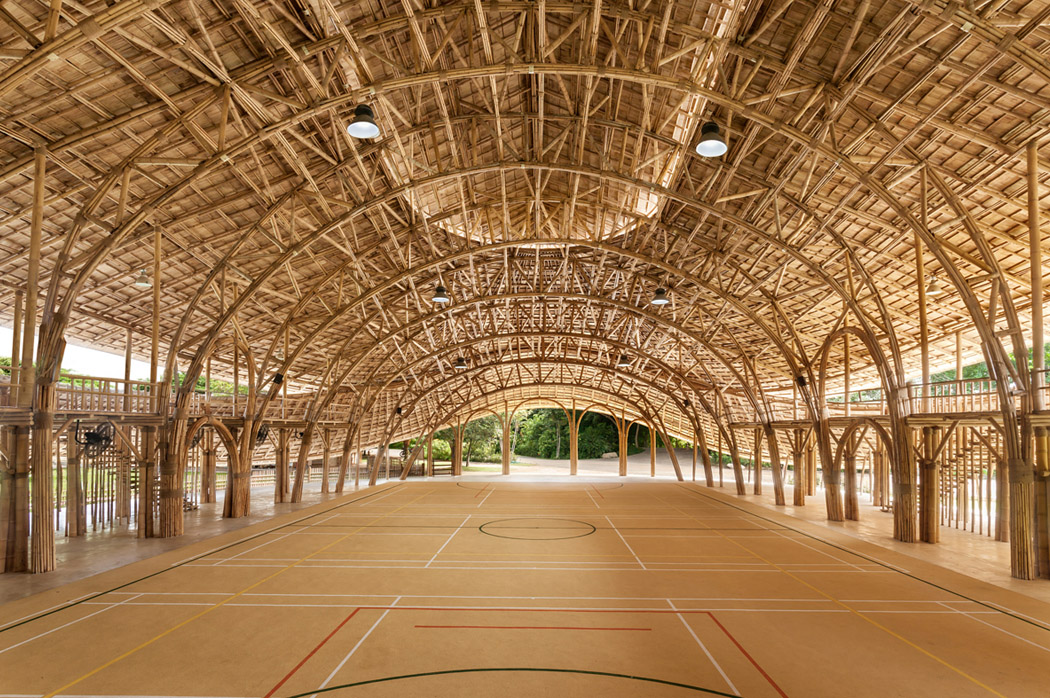
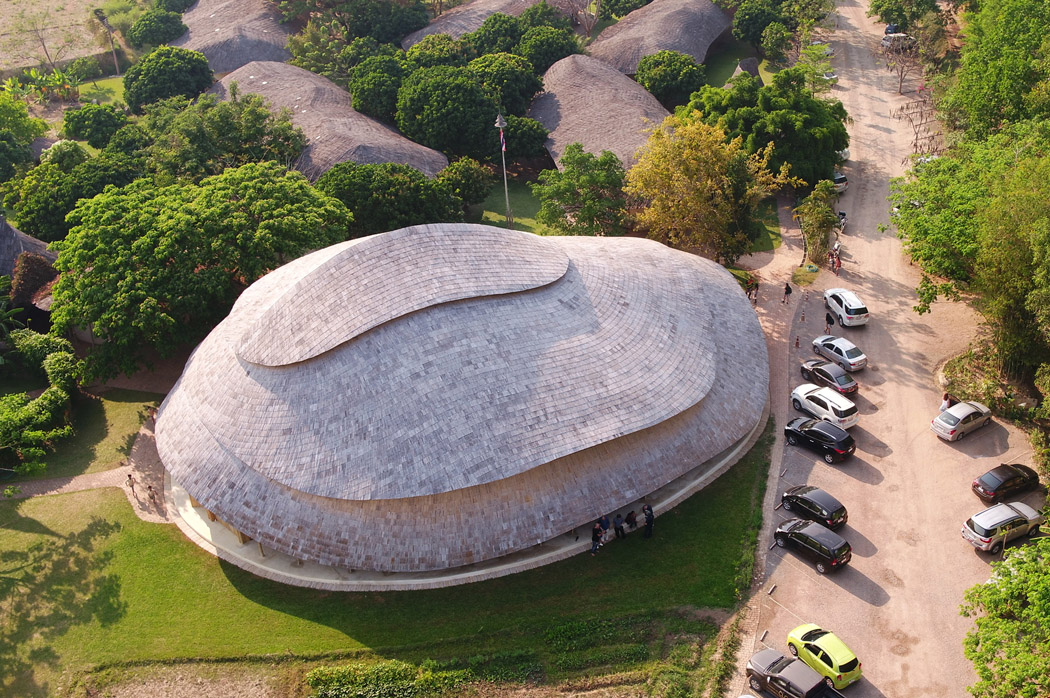
This bamboo sports hall in Chiang Mai, Thailand was built by Chiangmai Life Architects. It was modeled after the petals of a lotus flower, and has been built using only bamboo! The use of bamboo ensures a cool and pleasant environment in the sports hall at all times. The structure has a zero-carbon footprint!
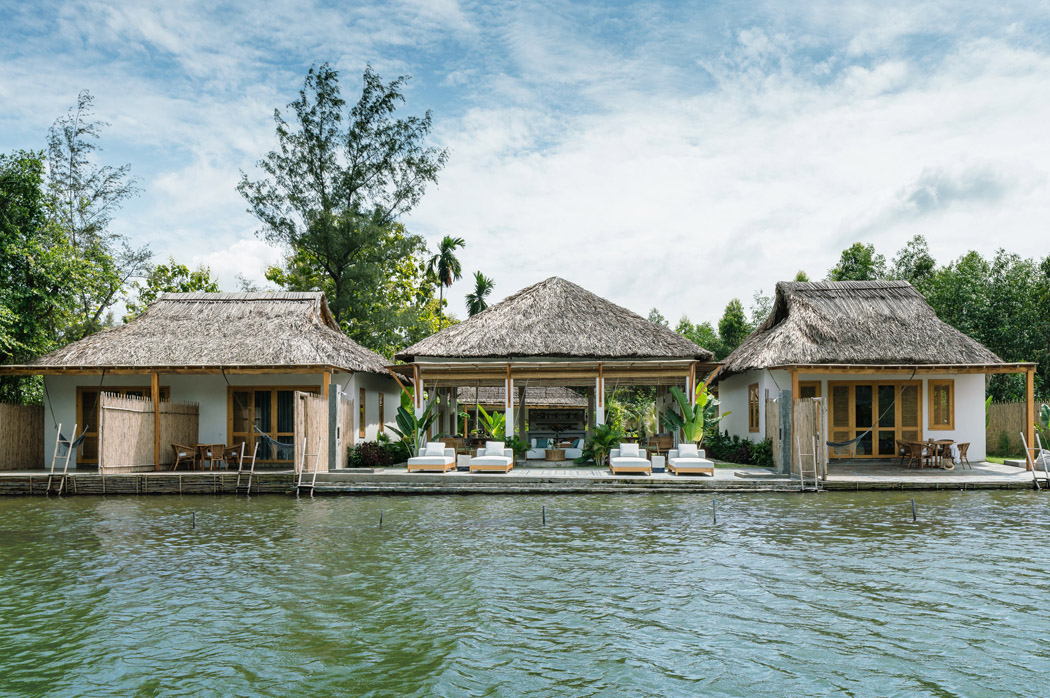
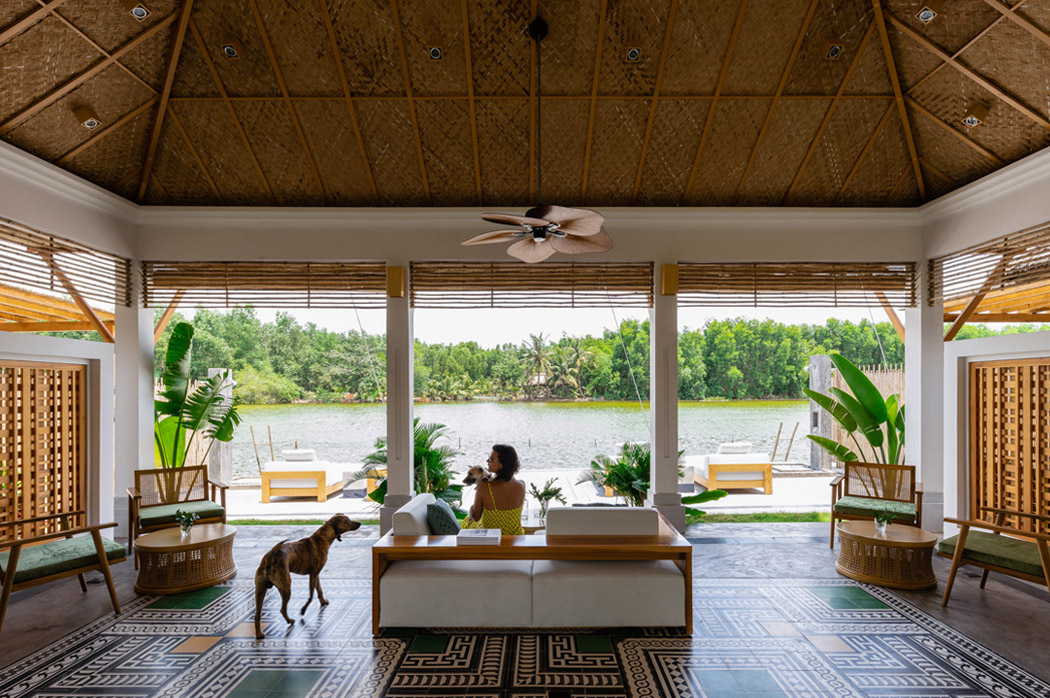
Designed by o9 Design Studio, native bamboo and rattan clad were used to build the Chi-bu resort, on the outskirts of Saigon, Vietnam. The materials are all locally sourced, and traditional techniques were merged with cutting edge design philosophies to construct the resort. It consists of seven bungalows surrounded by a river and wild gardens! It’s a relaxing haven!

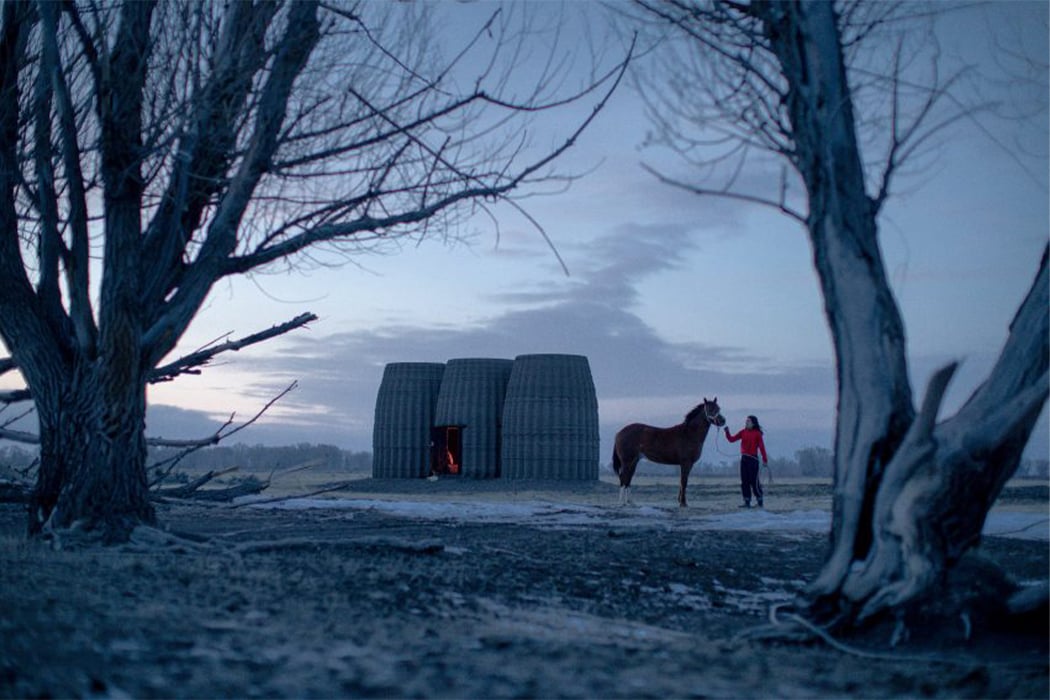
Casa Covida is a unique home that blends these age-old construction practices with the marvels of modern technology like 3D printing to elevate sustainable architecture to a new level! Even today, earth-based houses are used by almost 30 percent of the world’s population because they are low-tech, affordable, and simple. These are not just tiny huts, they cover everything from hand-made earthen buildings to traditionally modern homes – the binding factor is the use of rammed earth techniques as well as sustainable materials like bamboo or wood. These materials are local and easy to source – what could be easier than to use the earth beneath one’s own feet?
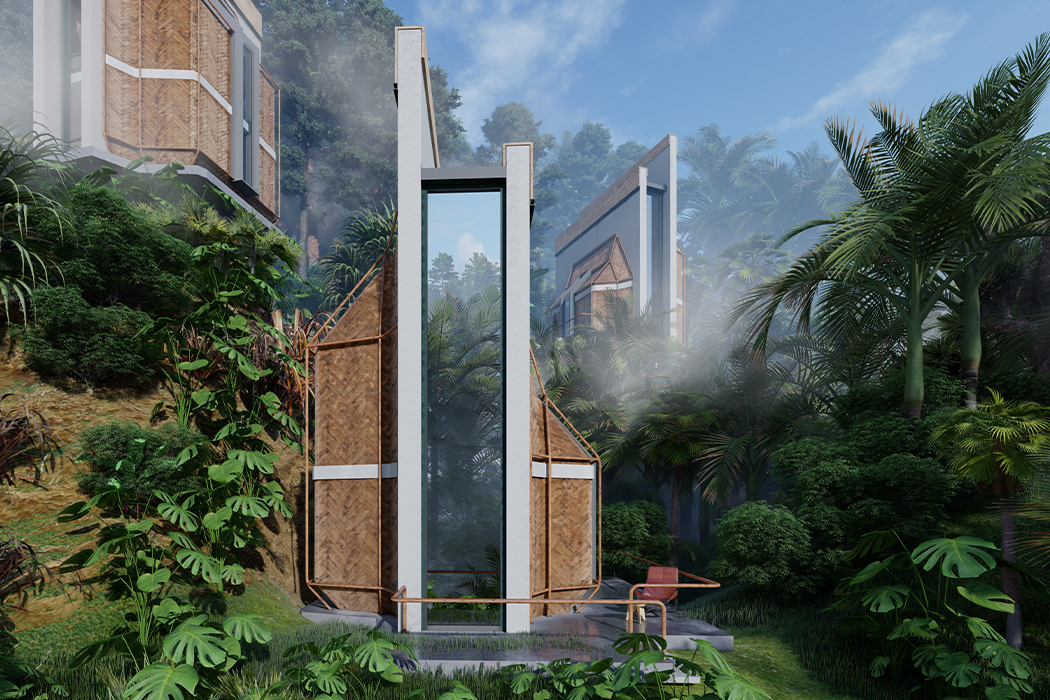
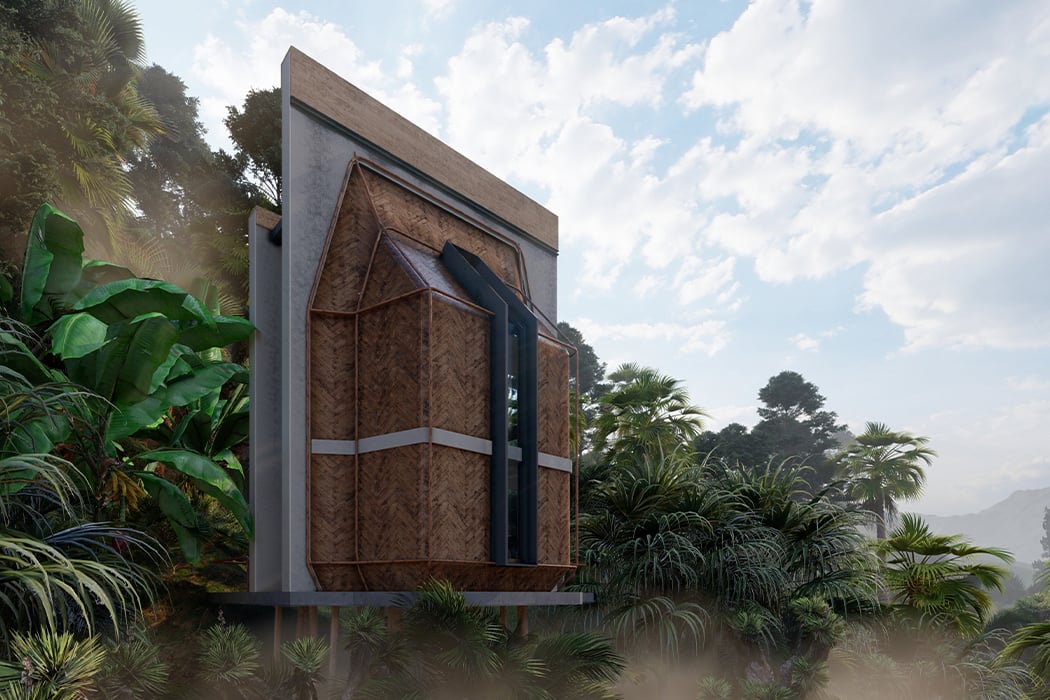
The Eibche by Shomali Design takes the cabin game to a new level by incorporating the best of Balinese culture, modern architecture, and cozy interiors. The elevated structure weaves concrete and bamboo into its design. The team has used locally sourced building materials – wood for the structure and a brick-stone combination for the foundation. The frame is then ‘cemented’ by concrete which brings in a hint of modern minimalist architecture. The designers chose organic materials in order to create harmony with the environment so Eibche showcases a lot of bamboo poles, woven bamboo, coconut wood, and teak wood in both the interior as well as exterior.
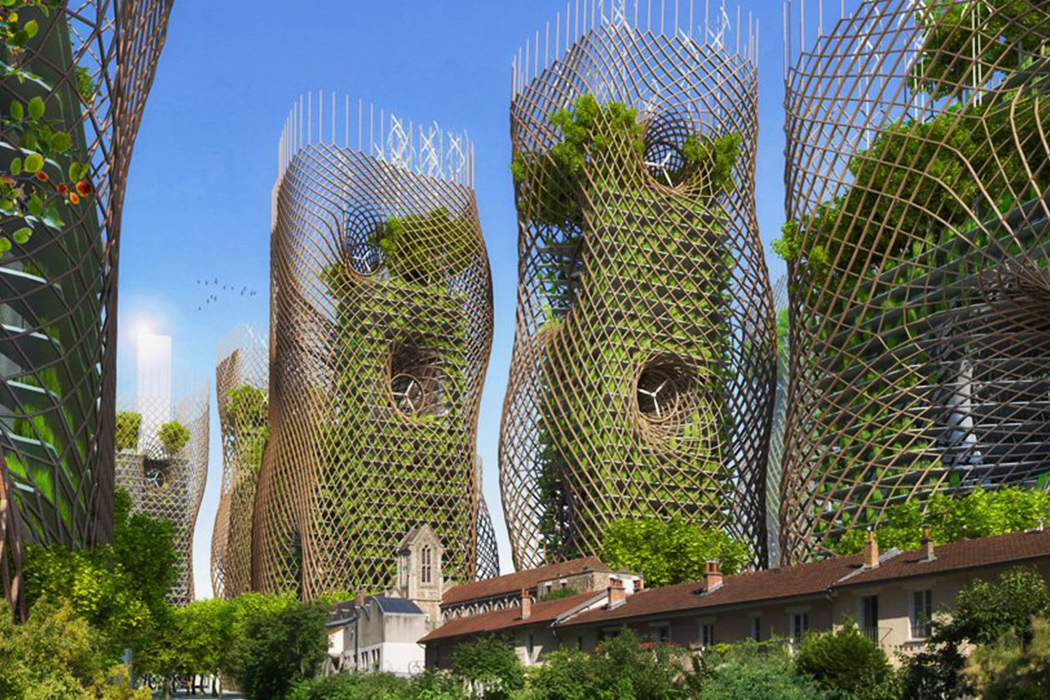
These bamboo nest smart-towers were built for Paris…but in the future by Vincent Callebaut! These twirling towers are the perfect combination of architecture meets sustainability and nature!
For more impressive environment-friendly bamboo architectural designs, check out Part 1 of this post!





